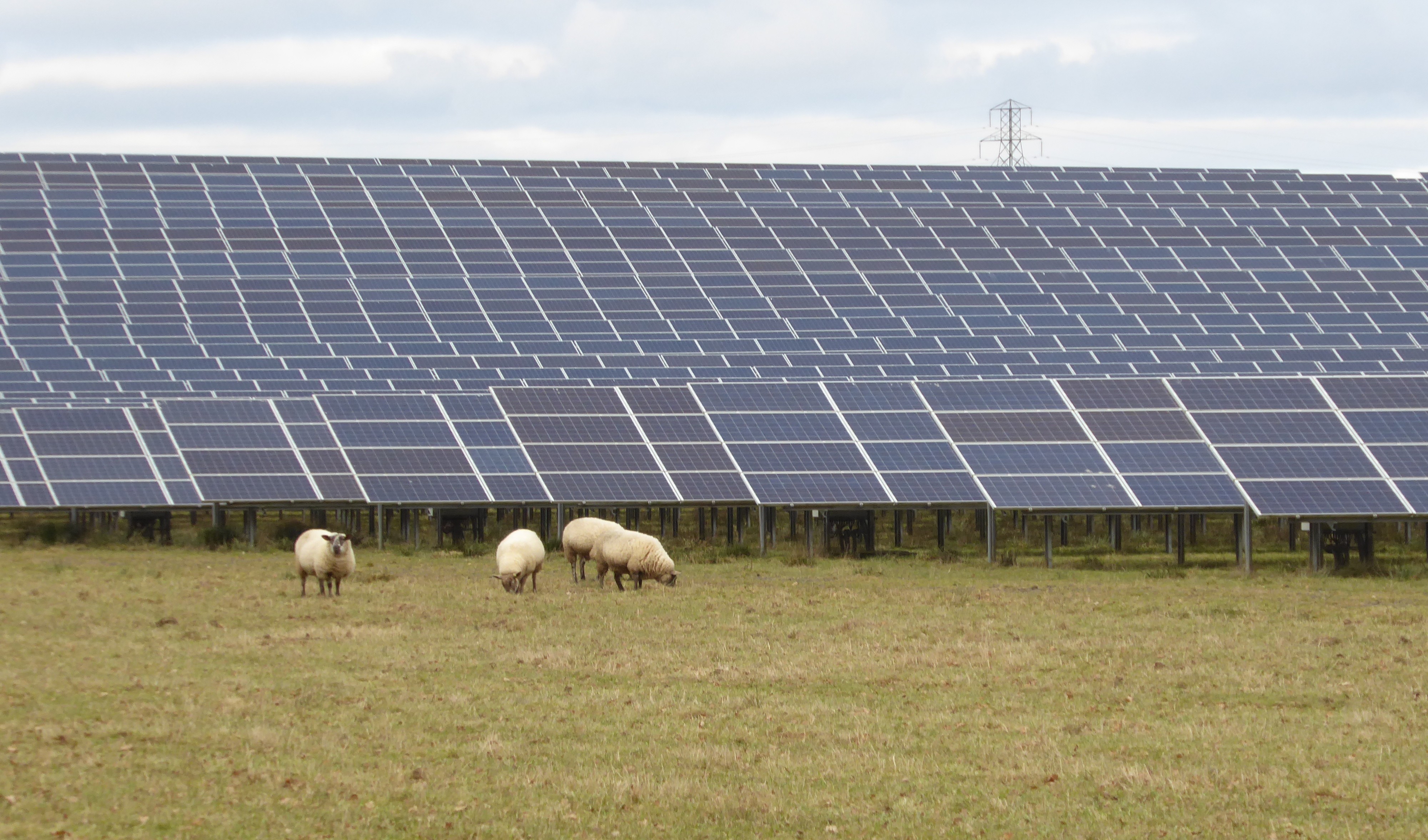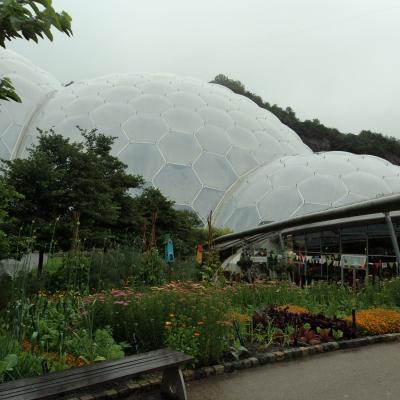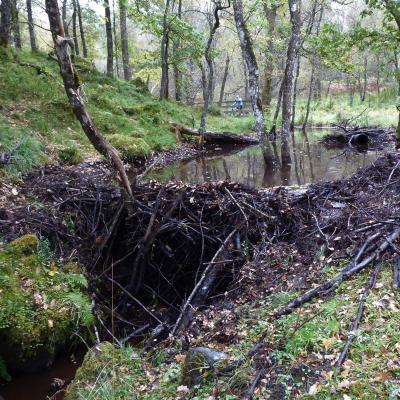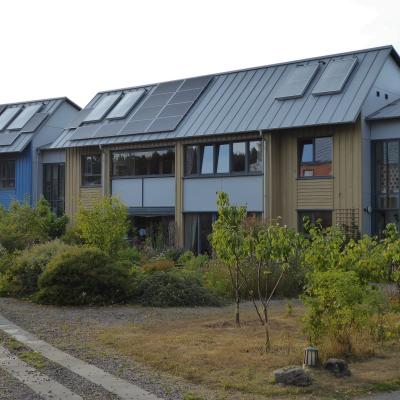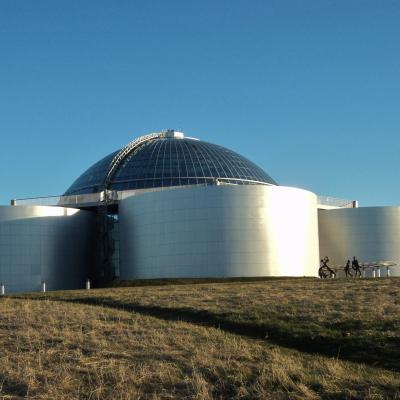I recently enjoyed the experience of high-speed trains in Spain. Are they truly green? Why hasn’t the UK got a network of high-speed rail? As an environmentalist, should I support HS2?
Spain’s High-Speed Network
On a recent holiday to Spain, I travelled by train from Madrid to Segovia then from Madrid to Malaga. This was a revelation. Spain has invested heavily to improve its rail network. The journey to Segovia included a 28km tunnel through the Guadarrama mountains, an enormous civil engineering achievement that I had never heard of.
The journey from Madrid to Malaga took 2 hours 20 minutes to travel 530km at speeds up to 310km/h. This is a similar distance to London to Carlisle which takes 4 hours on one of the UK’s fastest rail lines (max 200km/h).
Spain has built a network of high-speed rail lines radiating out from the capital Madrid to its main regional and coastal cities, including a link to France. This has been a deliberate policy to encourage economic development beyond Madrid.
Global High Speed Rail Network
According to Wikipedia, China has by far the longest network of high-speed rail, followed by Spain (4,000km) then France, with the UK lagging at 1,485km. However, this is a generous definition (lines that can take trains at speeds over 200km/h). Using a stricter definition, say 300km/h, then the UK only has one purpose built high speed rail line, the 108km from London to the Channel Tunnel.
Building HS2
HS2 is the name given to the high-speed rail project proposed to link London to the north of England and to Scotland. The Government has scaled back the initial plans with only London to Birmingham under construction. This will cut journey times to Birmingham from 80 to 52 minutes and may knock 30 minutes off the 4h:30 minute time to Glasgow.
The original cost estimate of £17 billion has spiralled to perhaps £66 billion for the 225km route (although the final cost is still unclear). This budget includes demolishing 400 homes and building five twin-bore tunnels totalling 43km. Costs have spiralled for many reasons, including poor project management, political interference and continual changes to the design. For example, following public protests and to protect ancient woodland, more and longer tunnels have been incorporated including through the Chiltern Hills. The developers have had to apply for 8,000 planning and environmental consents and to fight at least twenty court cases.
Economic Benefits of New Train Lines
Economists can estimate the net benefit of new infrastructure. In the case of rail projects this is the cost of construction compared to the short and long-term economic benefits. Short term benefits include construction jobs whilst long term benefits arise from fuel savings (or increases), reduced journey time (which is assumed to be a benefit to society), increased business travel, and more tourism and leisure expenditure. The difficulty is that major infrastructure projects also have a longer-term impact on human behaviour. For example, house prices will rise near a railway station (eg for commuters) and faster train connections will also encourage new houses to be built in surrounding areas - house building was the prime economic benefit claimed for the new £295m Borders railway line in Scotland. This all gets very complicated and open to political manipulation. However, it is safe to say that given the huge cost increases, HS2 will not create a net benefit to the UK economy for decades, if at all.
Will HS2 cut Carbon Emissions?
Constructing new high speed rail lines is expensive and carbon intensive. Generally, a completely new line with tunnels and bridges is required to take trains safely at that speed.
Several consultancy reports have been commissioned on the carbon impact of the HS2 project. The conclusion seems to be that there will be no substantive carbon reduction, perhaps a neutral impact over a number of years:
- An estimated 6m tonnes of CO2 will be emitted from construction, one third of this from tunnelling through rock which is an energy intensive process;
- Trains travelling at high-speed require much more energy to overcome air resistance;
- However, the line is electrified, so the operational carbon emissions are relatively low and will decline further as the UK continues to decarbonise its electricity grid;
- Increased freight capacity freed up on existing lines will cut emissions;
- But passenger numbers will rise, thereby increasing emissions from the current base.
Then there is the knock-on impact on carbon emissions. For example, new business activity and housebuilding near the stations at Euston and Birmingham. This becomes impossible to calculate with any certainty.
An argument commonly used to justify high speed rail lines is that it will reduce carbon emissions by cutting the number of flights taken. Whilst this does not apply on the London to Birmingham route, it could apply for Edinburgh or Glasgow to London. Currently there is competition between flying and trains for these routes, but many people choose to fly because it is slightly quicker and often costs less than rail. A high speed line would be quicker than flying (including airport time) but the critical factor would still be cost.
France has gone further with its Climate and Resilience law. This bans short haul domestic flights (unless a connection to an international flight) for inter-city travel where the high-speed train takes less than 2.5 hours. This has certainly instigated discussion about the merits of high-speed rail but has had little practical impact, with only flights from Paris to Orly, Lyon and Nantes affected. Spain is considering following suit.
Carbon Cutting Options
We are spending £66 billion pounds on a project that may not cut the UK’s carbon emissions. Alternatively, we could have spent that sum on installing 5.5 million heat pumps in homes at £12,000 each. This would reduce our carbon emissions by around 10 million tonnes per year (out of a total of 385 million tonnes). Priorities!
Conclusions
This is a complex and complicated topic with no easy answers. I am trying to balance the pros and the cons and will let you decide. Even the Green Party is divided on the issue of HS2 (it is currently in favour) but many environmentalists have campaigned against HS2, or against aspects of the route, primarily fighting their cause on local issues (impact on noise, disruption, scenic views, and on ancient woodland and wildlife).
It seems to me that high-speed rail lines are a symbol of an advanced economy and society. I certainly benefitted from the lines in Spain, and this has helped to spread economic benefits beyond Madrid. They provide a good low-carbon alternative to short-haul flights.
However, I am not convinced that they will help to cut our carbon emissions to any significant extent. Whilst high-speed rail is far more efficient than travel by car or plane, this will be offset by the resultant increase in travel and economic (construction) activity induced by faster travel.
HS2 has gone spectacularly wrong. Its initial aims of relieving congestion on existing lines and opening up the ‘north’ of the country were worthy. But the UK is a more densely populated country than China, France or Spain which makes it much more difficult to carve a new route through our towns and countryside. Political indecision, lengthy planning processes, poor project management and opposition to the route have all helped to cause the massive cost increases.
I think that London to Birmingham is the most congested and expensive part of the UK to build a high speed line. Despite misgivings, I am in favour of selected high-speed rail lines, but they need to be built with environmental safeguards in place and built effectively, without cost overruns!
Please feel free to share any of my blogs.
--------------------------------------------------------------------------------------------------------------------------
Carbon Choices
To get first sight of my new blogs, email me at This email address is being protected from spambots. You need JavaScript enabled to view it. with the header “please subscribe”.
You might also enjoy my book, Carbon Choices, on the common-sense solutions to our climate and nature crises. Available from Amazon or a signed copy direct from me. I am donating one third of profits to rewilding projects.
Please follow me on social media:
LinkedIn, X, Facebook, Instagram and now on Bluesky


